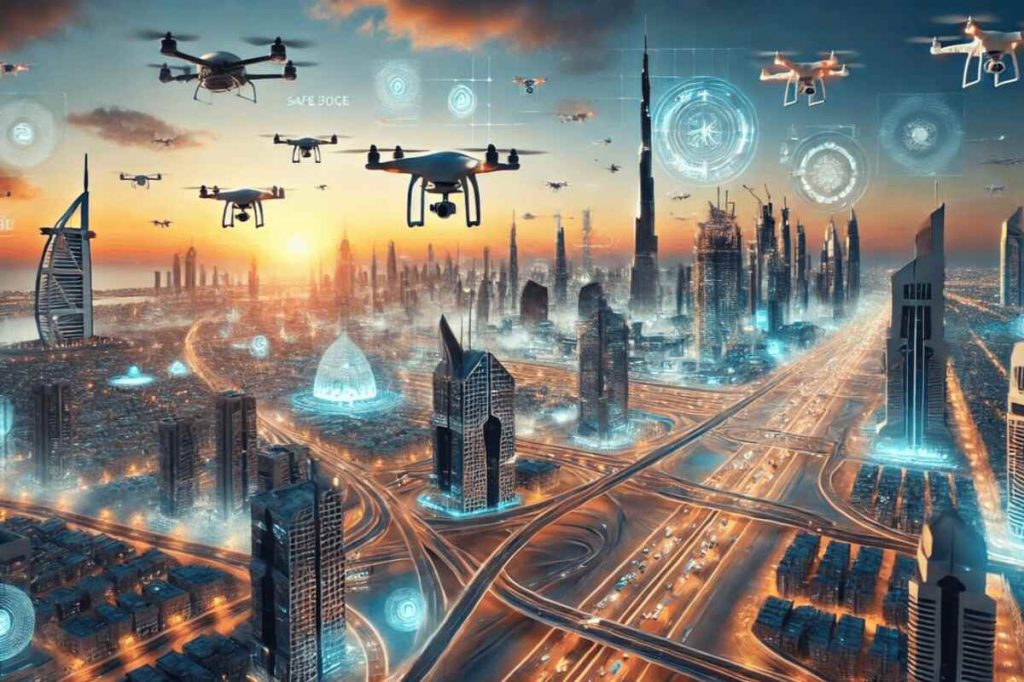The new regulation includes all essential elements for certifying drone air navigation service providers
The UAE General Civil Aviation Authority (GCAA) has introduced the region’s first national regulation for the certification of air navigation service providers for unmanned aircraft, referred to as CAR Airspace Part Uspace. This regulation establishes a thorough framework for organizations aiming to deliver air navigation services for drones, ensuring they adhere to stringent operational and safety prerequisites.
Comprehensive framework for certification
Read more | WGS 2025: UAE initiates mapping of air corridors to revolutionize urban transportation with air taxis, cargo drones
Commitment to safety and efficiency
Saif Mohammed Al Suwaidi, director-general of GCAA, underscored the importance of this landmark achievement. He stated that, “this regulation is not just about compliance; it is a testament to our commitment to safety, efficiency, and innovation in aviation.”
“As drone operations are set to double in the near future, this proactive regulatory framework will serve as a model for seamless drone-commercial aviation integration, further cementing the UAE’s position as a regional leader in the aviation industry,” he added.
Key to integrating advanced drone technologies
Additionally, Aqeel Ahmed Al Zarouni, assistant director-general of Aviation Safety Affairs, highlighted that the regulation is crucial for safely incorporating advanced drone technologies into UAE airspace. By establishing clear certification standards, it guarantees high safety and professionalism. This drives industry growth and reinforces the UAE’s status as a regional frontrunner in innovative aviation practices, he further noted.
Growing demand for drone operations
With the swift advancement of drone technology, the demand for airspace accommodating unmanned aircraft is escalating at an unprecedented rate, WAM reported. Moreover, in the upcoming years, the volume of drone operations across the UAE is projected to double, propelled by technological innovations and an increasing dependence on autonomous aerial systems.


